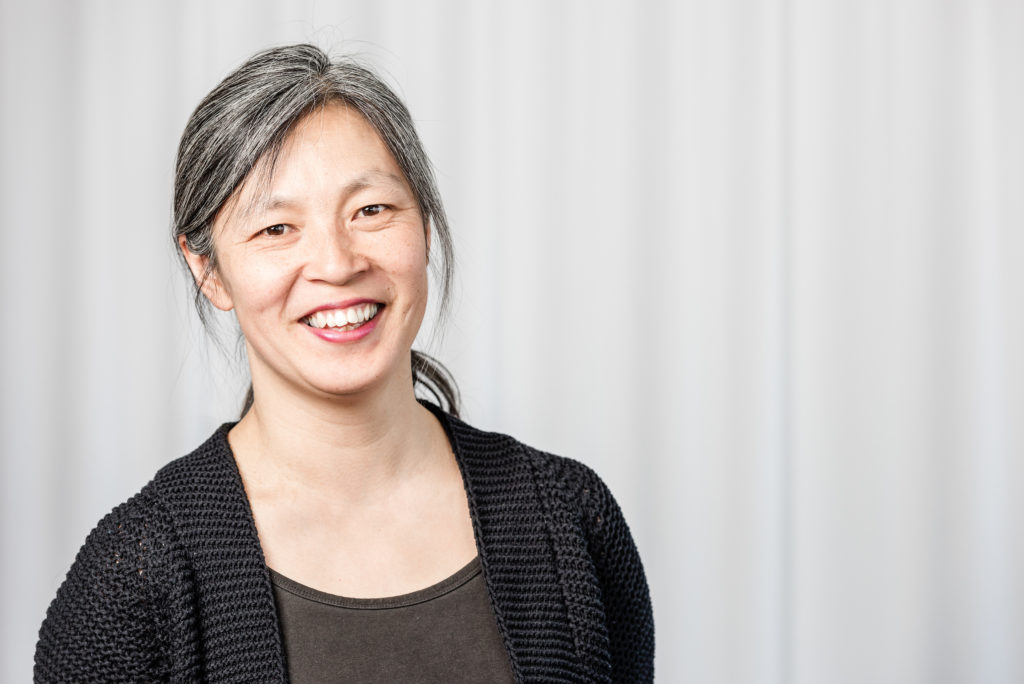
I work as a Speech Language Therapist (SLT) at the Swedish National Center for Rett Syndrome and Related Disorders. Since 2021, I am also an associated researcher at Uppsala University. My work at the National Center allows me to combine research with clinical work, including cross professional assessments, education and developing resources that are of immediate practical use for individuals and families. I truly appreciate the chance to disseminate research, for example during recurrent courses in Rett syndrome for families and care assistants.
Augmentative and alternative communication (AAC) has been an interest of mine since I started work as an SLT a little more than 25 years ago. My research interest is communication support with a specific focus on AAC, communication partner strategies and participation. Some of the projects I’ve taken part in are:
- developing international guidelines for communication in Rett syndrome.
- introducing eye-gaze devices to families in China
- investigating interaction between individuals with multiple disabilities and their peers
Helena Introduces Herself
My PhD thesis was entitled “Symbol-based communication intervention for individuals with Rett syndrome: Current practices, assessment of visual attention, and communication partner strategies”. One of the studies included three adult participants and investigated the effect of an intervention package on visual attention and communication using an eye-gaze device. This is the first intervention study with a single case experimental design in which eye-gaze devices and a larger vocabulary were investigated.
For a list of publications, please see https://www.nationelltcenter.se/publicerad-forskning/
Relevant publications
Aided language modelling, responsive communication and eye-gaze technology as communication intervention for adults with Rett syndrome: three experimental single case studies
H. Wandin, P. Lindberg, K. Sonnander
Lay Summary
Three adult women with Rett syndrome took part in this communication intervention study using single case experimental design. This research design is a good way to allow the researchers to judge whether or not an intervention is effective.
During the whole study, the participants interacted with a communication partner with experience and knowledge of eye gaze technology, responsive communication and aided language modelling. Responsive communication includes incorporating wait time and following the participant’s lead, and aided language modelling means that the communication partner points at symbols while speaking. In this study they used symbols in an eye gaze device; in total 12 pages with 15 symbols on each page. All interactions took place during leisure such as book reading, playing board games or using play apps on a tablet.
In all sessions, responsive partner strategies were used, and the participants had access to the eye gaze device. During two intervention phases, aided language modelling (and individualised dwell time) was also used.
Results: Two of the participants increased their use of the eye gaze device throughout the study and all three participants used a larger variety of words during the intervention. If the communication partners respond to this consistently it may potentially stimulate language learning. One participant had more gazes lasting one second or longer. The participants were reported to enjoy the interactions and their support persons, who observed the sessions, perceived that they had learned to support communication better only while watching the sessions.
Conclusion: It is possible in adulthood to increase expressive communication with interventions that include a larger number of communication symbols. This type of study is accepted by the participants and their support persons.
